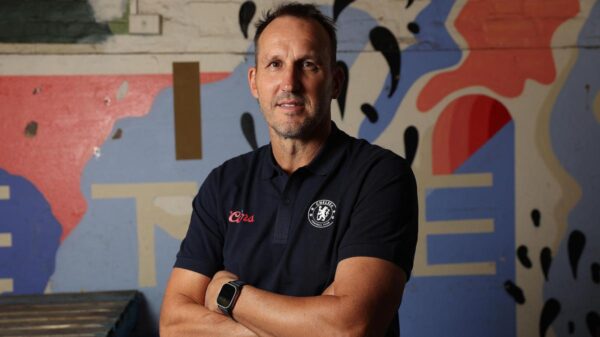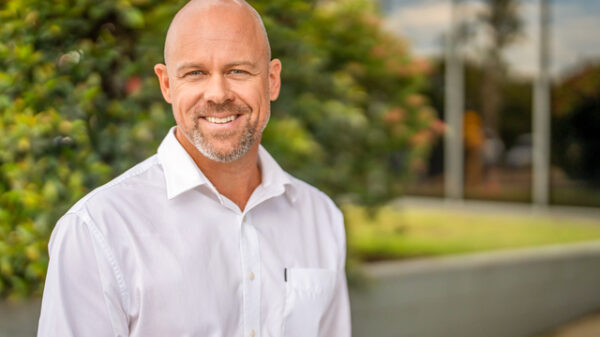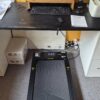Recent advancements in biotechnology have led to a transformative approach in organ development. A review published in Trends in Biotechnology introduces a pioneering idea: biohybrid-engineered tissue (BHET) platforms. These innovations are not merely structural substitutes for traditional organs; they represent an integration of living tissues with electronic components capable of monitoring and controlling biological functions.
The concept of BHET platforms marks a significant shift in the field of bioengineering. Researchers have developed systems that go beyond passive replacement of organs. These biohybrid constructs can actively respond to physiological changes, offering the potential for enhanced treatment options in various medical conditions.
Understanding Biohybrid-Engineered Tissues
Biohybrid-engineered tissues combine biological and electronic elements, creating a new category of organ functionality. By integrating electronics with living cells, these systems can perform complex tasks autonomously. For instance, they can monitor biochemical signals and adjust their functions accordingly, mimicking natural physiological processes.
This integration opens numerous possibilities for applications in medicine. For example, BHET platforms could be used in regenerative medicine, potentially repairing damaged organs or tissues. Additionally, they may facilitate the development of advanced prosthetics that communicate directly with the nervous system, improving patient outcomes.
The review highlights various experimental models that demonstrate the feasibility of integrating bioengineering with electronics. These models showcase the potential for creating organs that can not only replace lost function but also enhance it through intelligent feedback mechanisms.
Future Implications and Challenges
While the possibilities are promising, several challenges remain in the development of BHET platforms. Ensuring biocompatibility between living tissues and electronic components is crucial for the success of these innovations. Researchers are focused on overcoming these hurdles to make biohybrid systems viable for clinical use.
The timeline for widespread adoption is still uncertain. However, the strides made in the field indicate a growing interest from both academic and commercial sectors. As research progresses, BHET platforms could redefine the landscape of organ transplantation and treatment methodologies.
In conclusion, biohybrid-engineered tissues represent a significant leap forward in the integration of biology and technology. As the field continues to evolve, these innovations promise to enhance medical treatments and improve the quality of life for patients worldwide. The ongoing research and development in this area could lead to groundbreaking changes in how we approach organ function and replacement in the years to come.



































































